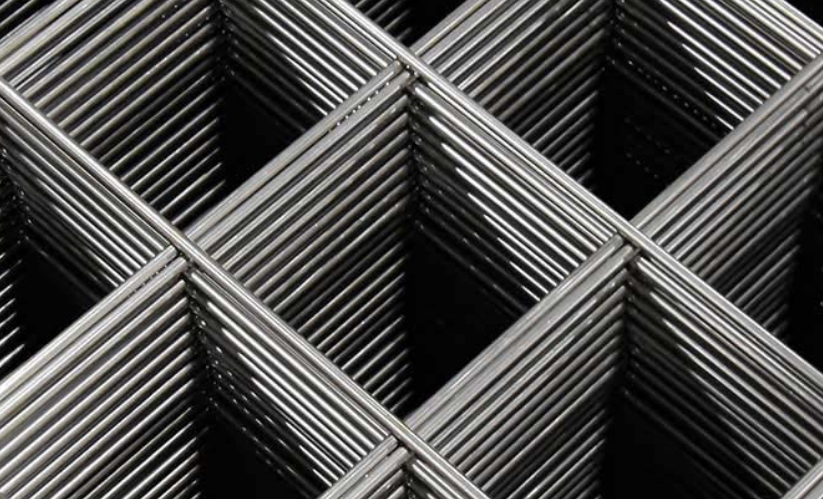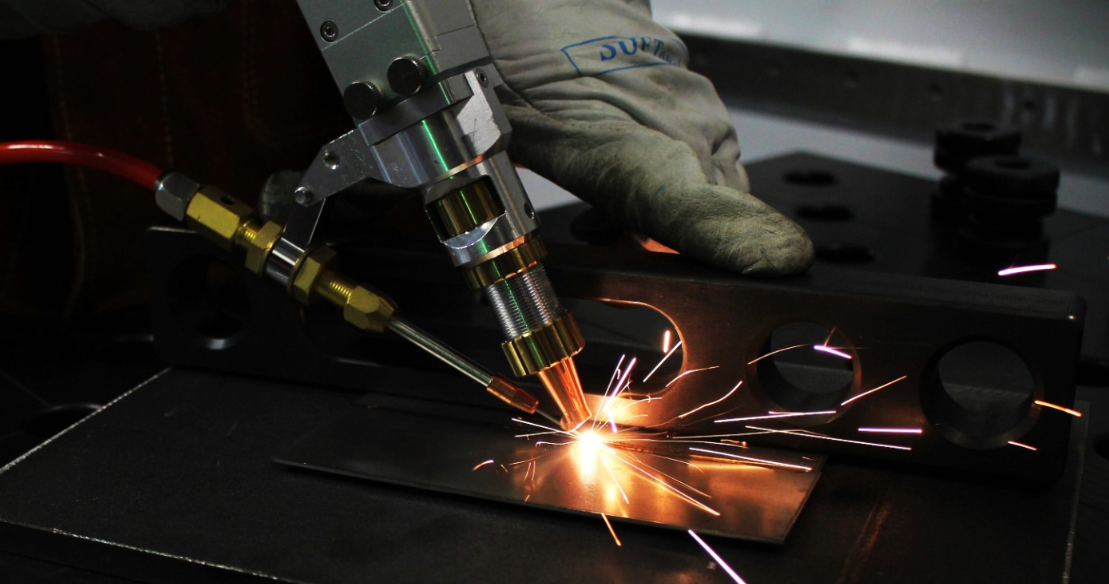Where are your wire mesh profits truly being lost? Often, it’s in the high cost of rework and scrap. Manual MIG welding can devour 78% of finishing time just on defects, creating a silent profitability crisis. This analysis looks past the initial investment to expose the staggering true cost of MIG—and how switching to laser can reclaim your margins.
| Parameter | MIG Welding | Laser Welding |
| Typical Rework Rate | 15–20% | <2% |
| Typical Scrap Rate | 5–10% | <1.5% |
| Welding Consistency | Deviation 0.5–1.5 mm | Deviation <0.1 mm |
| Primary Defects | Porosity, spatter, warpage | Virtually none |
| Post-Weld Processing | 65-78% (rework & cleaning) | Minimal to none |
| Financial Impact | High hidden costs | Annual Savings: >$200,000 |
Causes of Rework and Scrap in Wire Mesh Welding
Before diving into the solutions, let’s diagnose the common causes of waste in wire mesh welding:
Equipment and Process Parameters
Deviations in key parameters like current, voltage, or resistance are a primary source of trouble. Operating outside optimal ranges creates weak joints that fail inspections. Industry studies also pinpoint inaccurate cutting as a major defect source, creating flawed wire ends and irregular mesh before welding even begins. Furthermore, machine breakdowns, downtime, and poorly maintained equipment exacerbate these issues, leading to unnoticed calibration drift and piled-up scrap.
Material and Feeding Issues
Inconsistent wire quality directly drives defect rates. Variations in diameter and material impurities cause unpredictable welding failures. Feeding and alignment errors are another major contributor, leading to the most common defect: misaligned mesh. Other frequent issues include incomplete welds, excessive penetration (burn-through), distorted mesh from uneven heat, and inconsistent wire spacing.
Human Factors and Standards
Reliance on manual operations introduces feeding errors, alignment mistakes, and inconsistent technique. The absence of documented Welding Procedure Specifications (WPS) worsens this, forcing operators to guess settings. Additionally, poor joint preparation before welding and a lack of in-process inspection allow defects to go unchecked until significant time and materials have already been wasted.
MIG Welding vs. Laser Welding: A Detailed Comparison
The choice between MIG and Laser welding fundamentally dictates your factory’s efficiency, cost structure, and quality ceiling. The data reveals not just a difference in degree, but a difference in kind.
Operational Efficiency: The Cycle of Waste vs. The Path of Flow
-
Rework: MIG welding traps your team in a perpetual loop of correction, with a typical rework rate of 15-20%. This means one in every five to six panels requires additional labor to fix. In contrast, Laser welding’s rework rate of under 2% is a paradigm shift, freeing your workforce to focus solely on value-added production.
-
Scrap: The material cost of MIG welding is staggering, with 5-10% of raw material ending up as scrap. Laser welding’s scrap rate of <1.5% represents a direct and dramatic improvement to your bottom line, conserving expensive materials, especially critical when working with stainless steel or special alloys.
Quality and Precision: Inconsistency vs. Perfection
-
Consistency: MIG welding’s inherent variability, with a deviation range of 0.5-1.5 mm, makes it unsuitable for high-precision applications. Laser welding delivers near-perfect repeatability with deviations under 0.1 mm, ensuring every product meets the most stringent specifications.
-
Defects: The MIG process is prone to a host of quality issues including porosity, spatter, misalignment, and warpage, each requiring time and cost to address. Laser welding, by its nature, virtually eliminates these common defects, resulting in a superior product straight off the production line.
Total Cost of Ownership: The Hidden Costs vs. The Clear Savings
-
Post-Weld Processing: This is where MIG’s hidden labor cost explodes. A massive 65-78% of finishing time is consumed by cleaning and reworking flawed welds. Laser welding requires minimal to no post-weld processing, instantly slashing labor hours and accelerating throughput.
-
Financial Impact: The numbers speak for themselves. A single production run can see a $24,420 saving from scrap reduction alone when switching from MIG. Annually, the compounded savings from eliminated rework and zero-repair welds can easily exceed $200,000, quickly justifying the initial investment in laser technology.
Making the Right Welding Choice: A Guide for Your Business
So, which welding technology truly aligns with your production needs and business goals? The data presents a clear strategic divide:
Opt for MIG Welding if your priorities are:
-
Flexibility over Volume: Your work primarily consists of one-off custom jobs, repairs, or very low-volume batches.
-
Material Thickness: You are welding very thick wire gauges (typically >8mm) where high heat input is manageable.
-
Capital Constraints: Your budget is strictly limited, and a significant equipment investment is not feasible.
-
Tolerance for Error: Your dimensional and aesthetic tolerances are lenient (e.g., > ±2mm).
Upgrade to Laser Welding if your objectives are:
-
Scale and Efficiency: You run high-volume production and require maximum throughput with minimal interruptions.
-
Material Value and Precision: You work with fine-gauge, premium materials (e.g., stainless steel, special alloys) where scrap reduction directly boosts profitability.
-
Superior Quality Demands: Your applications demand exceptional precision, consistency, and a clean aesthetic finish (e.g., critical filtration meshes, architectural facades, automotive parts).
-
Labor Optimization: You aim to reduce reliance on highly skilled welders and streamline operator training with intuitive, handheld laser systems.
-
Future-Proofing: Your goal is to build a competitive advantage through leading-edge manufacturing quality and operational efficiency.
My opinion
The conclusion is clear,laser welding is a strategic choice for modern manufacturing. This is far more than an equipment upgrade—it’s a fundamental transformation of your enterprise. With a rework rate of less than 2% and near-zero scrap, the benefits extend far beyond cost reduction to include accelerated production cycles and strengthened market reputation. The annual savings of over $200,000 represent real capital that fuels your business growth.
Conclusion
The choice between MIG and Laser is no longer just about welding; it’s about choosing your business’s future. MIG represents the old way—a constant battle against variability and waste. Laser welding, especially with the advent of user-friendly handheld systems, represents a new era of precision, profitability, and simplicity.
Stop letting rework and scrap dictate your profitability. The future of fabrication is here, and it’s time to embrace it. Stop welding the old way. Start building your competitive edge today—request a personalized laser welding solution demo and see the difference for yourself.



